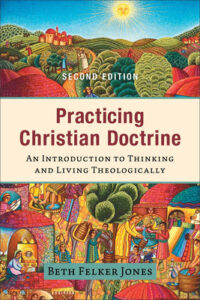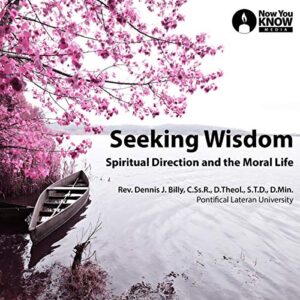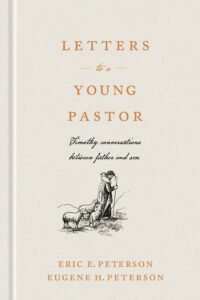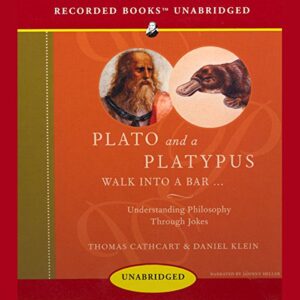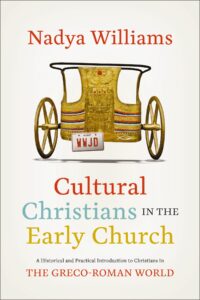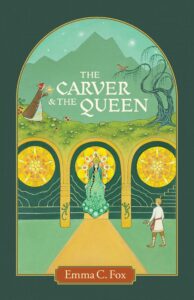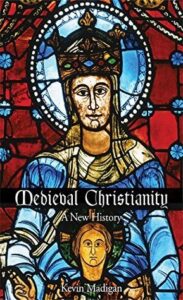 Summary: Medieval Christianity is important to understand the development of Christianity, but also the development of Christianity is a result of both theology and social issues outside of the church.
Summary: Medieval Christianity is important to understand the development of Christianity, but also the development of Christianity is a result of both theology and social issues outside of the church.
I have been slowly working through Medieval Christianity for months. After reading Jesus Wars, I had questions about The Virgin Mary, which led me to pick up Medieval Christianity and Cultural Christians in the Early Church. As with any good history of Christianity, you realize that Christian history is not simply a history of people thinking big thoughts about Christ. It is also about a response to events and realities outside the church. Discussions about the role of the Pope in political affairs are not just theological but also have a relationship to tax rates, the need for armies, potential invasions from outside of Europe, the way reform movements frame their arguments, and how the technology of information transmission works.
One of my seminary classes was about the history of Christian thought, and the professor’s method was to talk about philosophical ideas, but he did not connect them to the history that helped to give rise to those ideas. As someone who likes to ground ideas in historical movements, I felt lost throughout the class because I did not feel like I had anything to connect those ideas to the context from which they arose.

